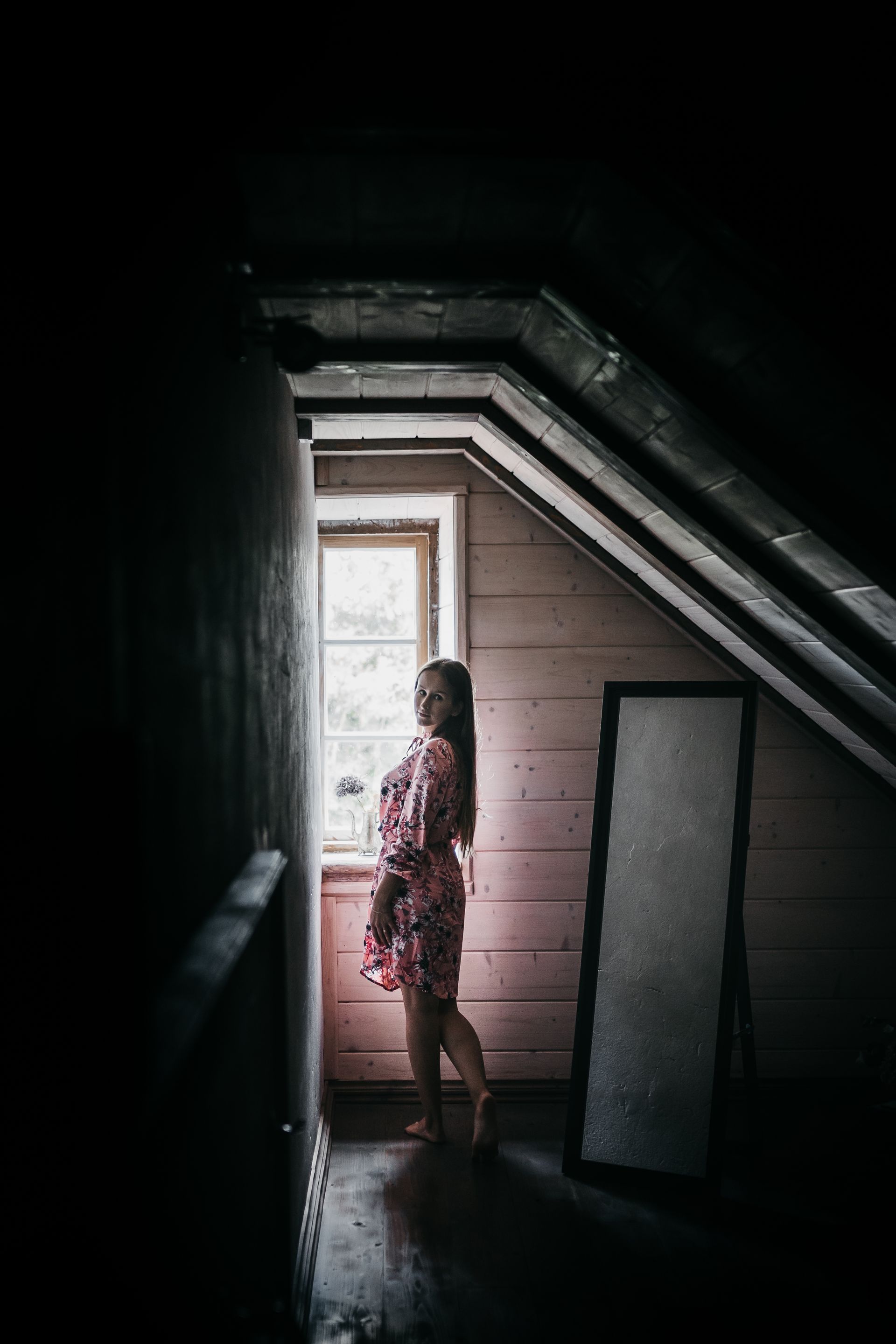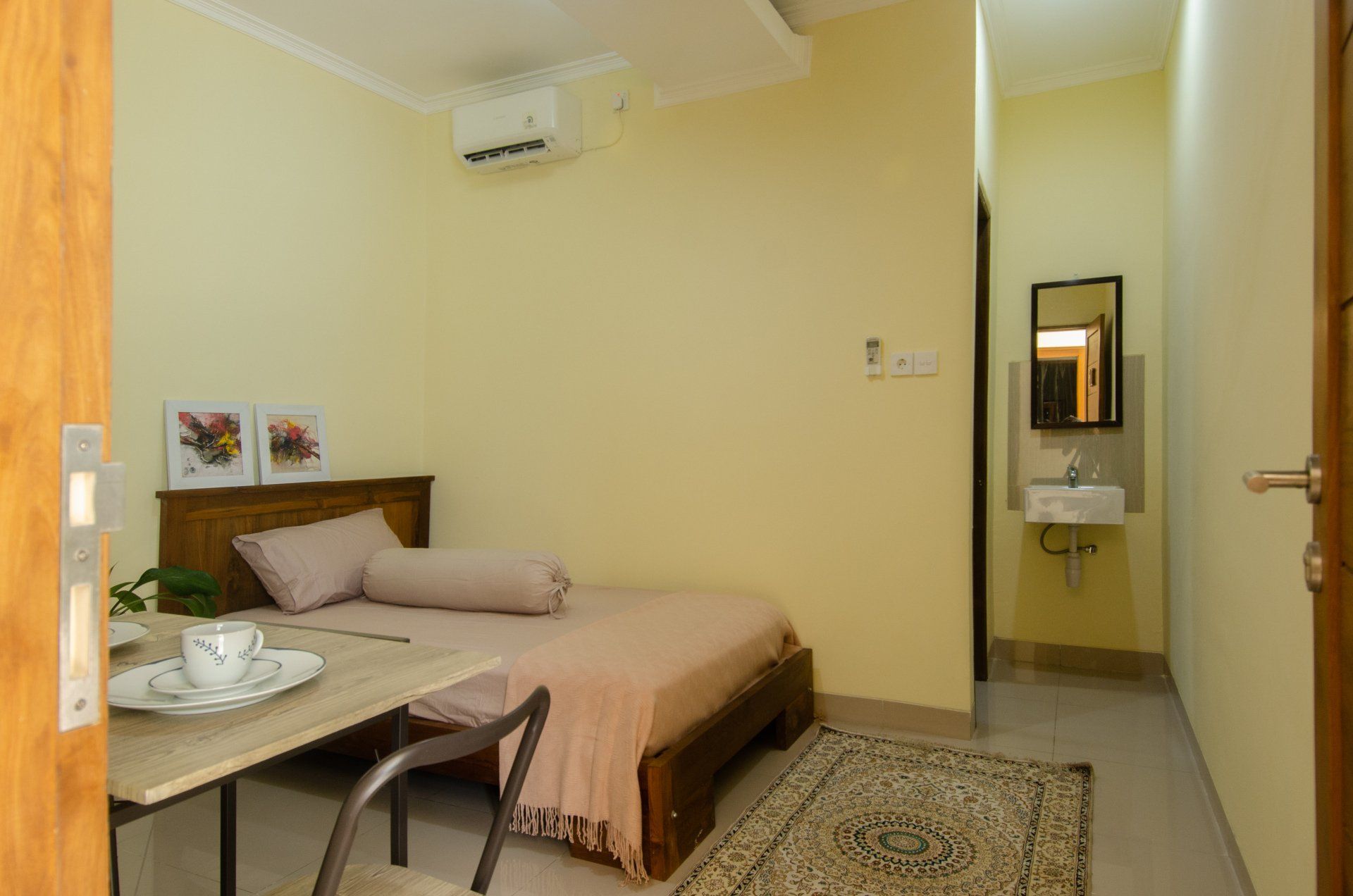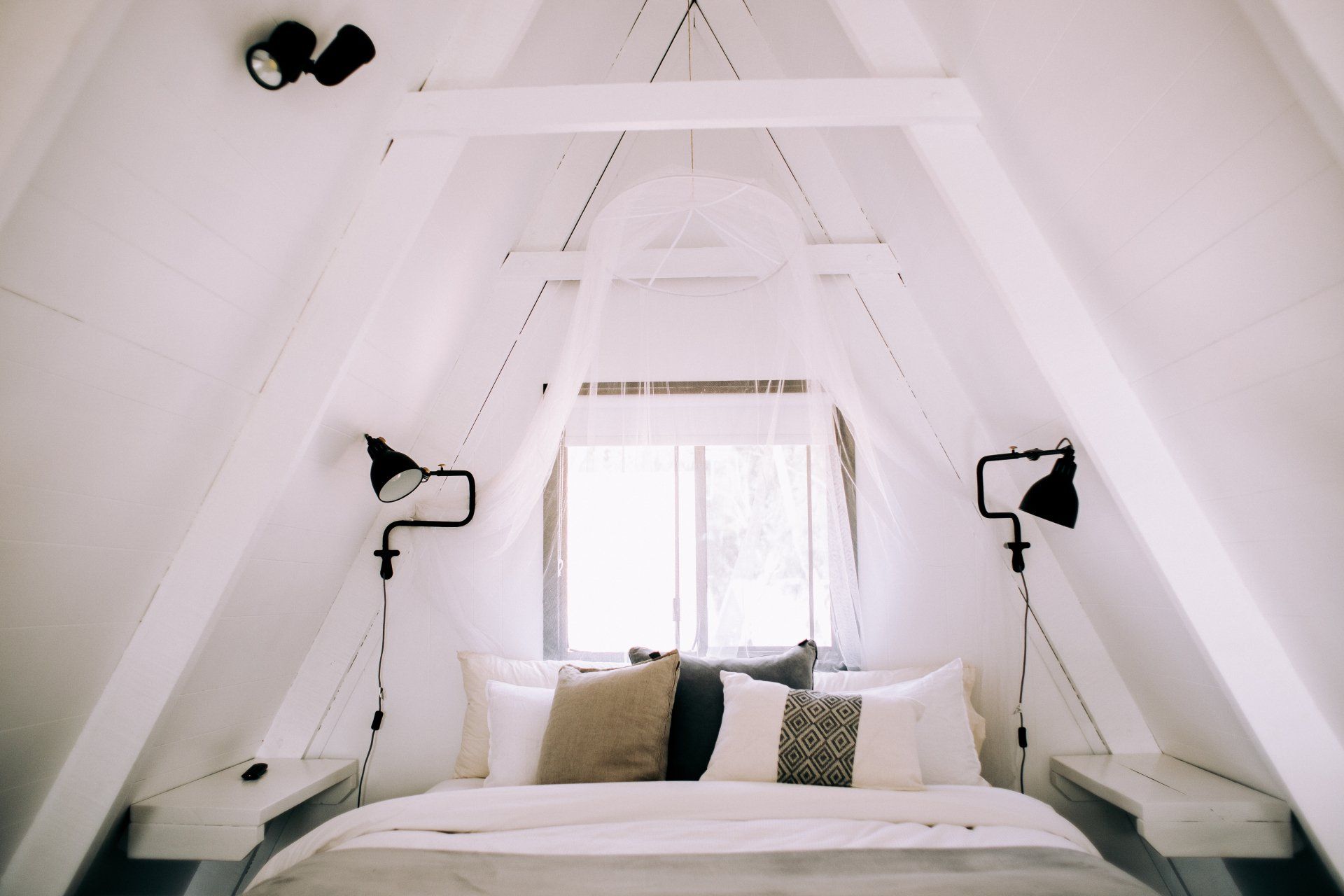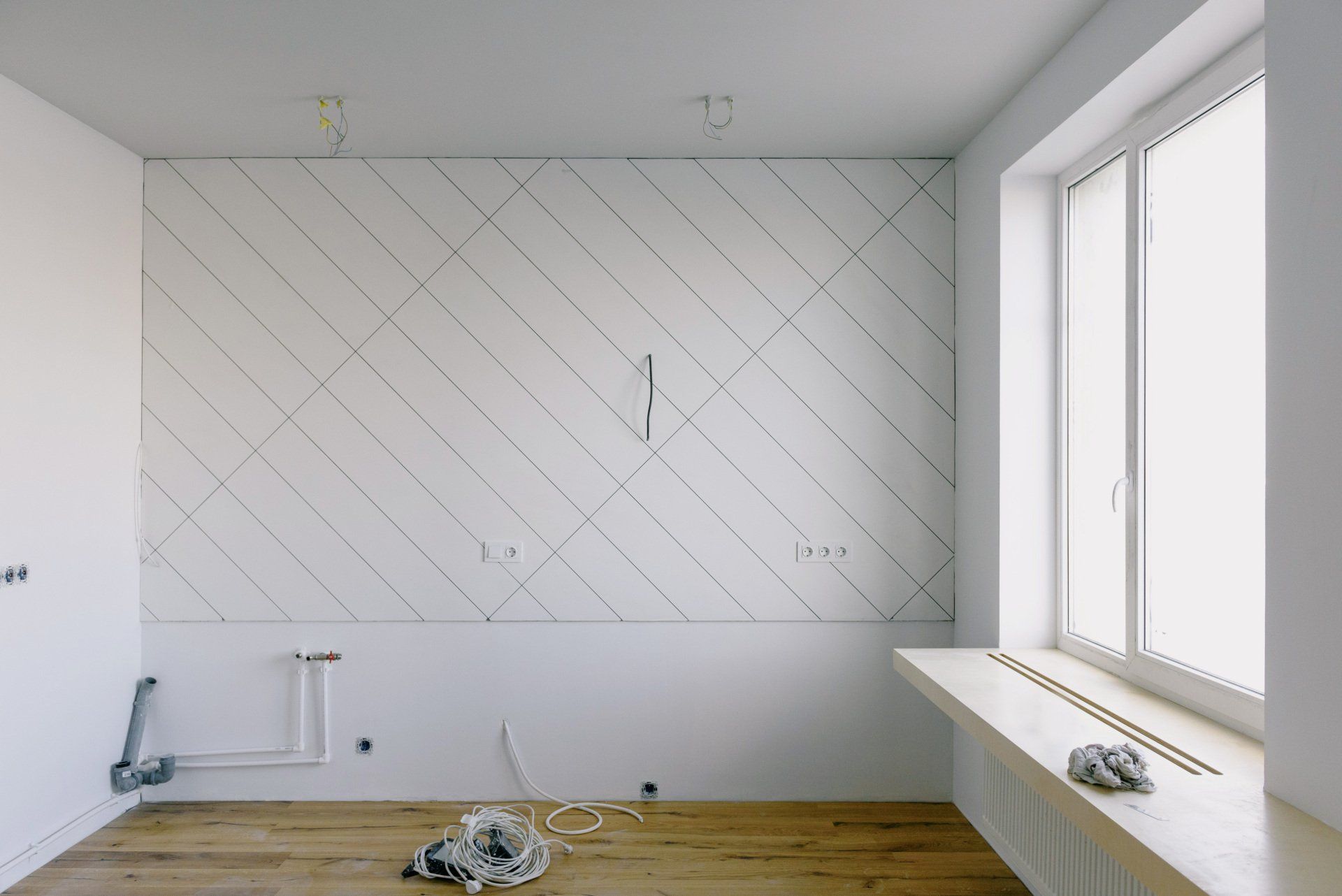Insulation Advice for First-Time Renovators To Not Make These Mistakes
Insulation Advice for First-Time Renovators To Not Make These Mistakes
In recent months, cutting down on energy costs and advice on insulation has become increasingly frequent questions asked by customers and those planning to make changes to their homes. If you're a novice renovator or are looking to make ongoing improvements to your house, we'll guide you about insulation during a renovation and the mistakes to make sure to avoid.
What Does Insulation Do? The basics of understanding.
Insulation simply creates a barrier for the transfer of heat and sound generally between spaces or between the outside and inside of the structure. Insulation comes in many different types and helps solve a range of various issues. Some of these are the following:
- Loose thermal insulation: Items like rock wool and sheep's wool are included in this category. These are typically used as floor and roof insulation. They often include acoustic insulation too.
- Rigid insulation is a type of insulation that typically are available on boards. They are often employed in renovations when they are paired with a plasterboard front and offer thermal and acoustic separation.
- Foil. It is a novel method when compared to rigid and loose alternatives, yet it has several advantages, especially with its thin layering as well as rainscreen capability. Foil insulation can be great with thermal separation; however, it does not offer acoustic insulation.
- Matting insulation. Matting insulation could be an excellent option for an underlay for flooring. They are excellent at separating acoustic, particularly from vibrations from solid surfaces, but they do not have good thermal insulation properties.
However, insulation can be extremely effective in solving these issues, but it is not the best choice. Installation mistakes and product selection could quickly negate the benefits or, in certain cases, could cause more problems!
Easy to Install and Cheap Insulation Renovations
The renovations included:
- Loft insulation is the most sought-after and easy method to save on your insulation costs by installing loft insulation in foil or loose within your home. It is usually several hundred dollars and can be done in just a few days.
- Floor insulation. If the floor you have is composed of timber beams (normally on the upper floor), installing acoustic mats under floors or loose insulation in between floor joists could be an excellent option to make your home more soundproof. This is especially useful for old townhouses in cities.
- Filling gaps that extend to the outside is especially effective for older structures. Filling in gaps and covering them will stop any heat loss and also thermal gaps between the outside and inside of your home. It is also a cost-effective choice, with the majority of insulation tapes priced under 20 pounds.
Do not make the error of installing insulation without taking a look at the weather conditions! Before you begin any work, ensure that you examine and prepare the area in a way that is appropriate, or else it could lead to the insulation becoming damaged and additional problems in the future.










